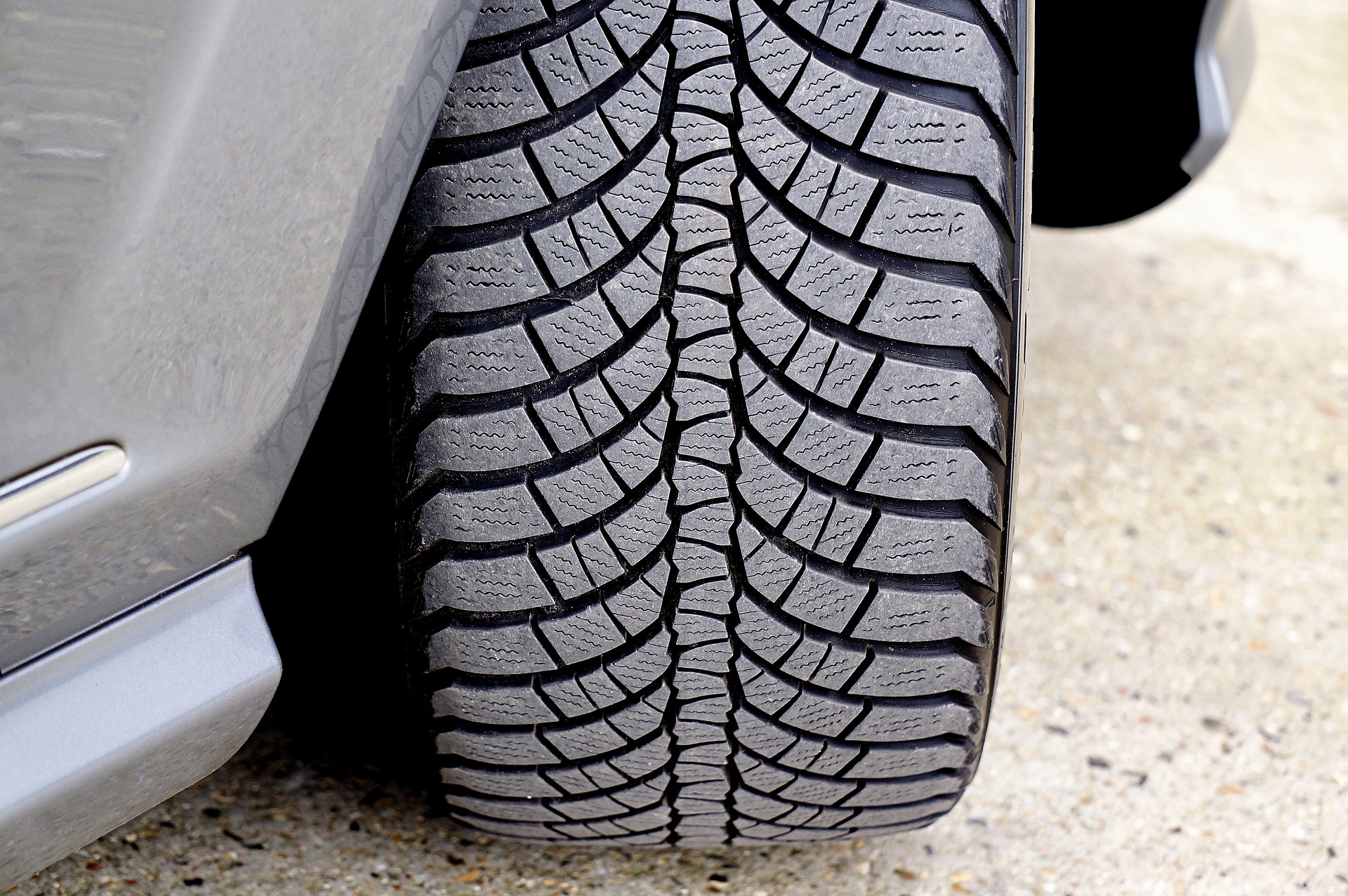Reinventing the Wheel: The Silent Revolution of Airless Tires
Imagine cruising down the highway, your car gliding smoothly over the asphalt, when suddenly you realize something's different. The familiar hum of rubber meeting road is slightly altered, and the occasional bump from imperfections in your tires is noticeably absent. Welcome to the future of automotive technology: airless tires. This groundbreaking innovation is set to transform the way we think about one of the most fundamental components of our vehicles.
Engineering Marvel: The Structure of Airless Tires
At the heart of airless tire technology lies an intricate engineering feat. The tire’s structure typically consists of three main components: a rigid hub that attaches to the wheel, a shear band that supports the load, and a tread band for contact with the road. The space between the hub and the shear band is filled with flexible, load-bearing elements – often made from high-tech polymers – that deform and recover as the tire rolls, mimicking the compression and expansion of air in traditional tires.
Beyond Flats: The Multifaceted Benefits
The most obvious advantage of airless tires is their immunity to punctures and blowouts. This not only enhances safety but also eliminates the need for spare tires, potentially reducing vehicle weight and improving fuel efficiency. Moreover, airless tires maintain consistent performance throughout their lifespan, as they’re not subject to air pressure fluctuations that can affect handling and fuel economy in traditional tires.
Environmental Impact and Sustainability
Airless tires represent a significant step towards sustainability in the automotive sector. Their design allows for easy retreadability, extending the life of the tire and reducing waste. Additionally, many airless tire concepts incorporate recyclable materials, further minimizing their environmental footprint. As the automotive industry faces increasing pressure to reduce its ecological impact, airless tires offer a promising solution that aligns with these goals.
Challenges on the Road to Adoption
Despite their potential, airless tires face several hurdles before widespread adoption. One major challenge is heat dissipation. Traditional pneumatic tires use air to help dissipate heat generated during driving, whereas airless tires must rely on their material properties and design to manage heat buildup. Engineers are working on innovative materials and structures to address this issue, exploring options like thermally conductive polymers and optimized spoke designs.
The Noise Factor: A Quiet Revolution
An unexpected benefit of airless tire technology is the potential for reduced road noise. The unique structure of these tires can be designed to absorb and dampen vibrations more effectively than traditional tires, potentially leading to a quieter, more comfortable ride. This characteristic is particularly appealing as the automotive industry shifts towards electric vehicles, where tire noise becomes more noticeable in the absence of engine sound.
Military and Off-Road Applications
While consumer vehicles are an obvious target for airless tire technology, some of the most promising early applications are in military and off-road sectors. The ability to continue operating after sustaining damage is invaluable in combat or rugged terrain situations. Several militaries worldwide are already testing airless tires on combat vehicles, and off-road enthusiasts are eagerly anticipating their availability for recreational vehicles.
The Road Ahead: Future Developments and Integration
As research and development in airless tire technology continue, we can expect to see further innovations. Some concepts envision smart airless tires with integrated sensors that can monitor road conditions, tire wear, and vehicle performance in real-time. These tires could potentially communicate with vehicle systems to optimize handling and efficiency dynamically.
A Paradigm Shift in Motion
The development of airless tires represents more than just an incremental improvement in automotive technology; it’s a fundamental reimagining of one of the most crucial components of our vehicles. As this technology matures and overcomes its current challenges, we stand on the brink of a new era in automotive safety, sustainability, and performance. The silent revolution of airless tires is rolling forward, promising to reshape our relationship with the road in ways we’re only beginning to understand.





